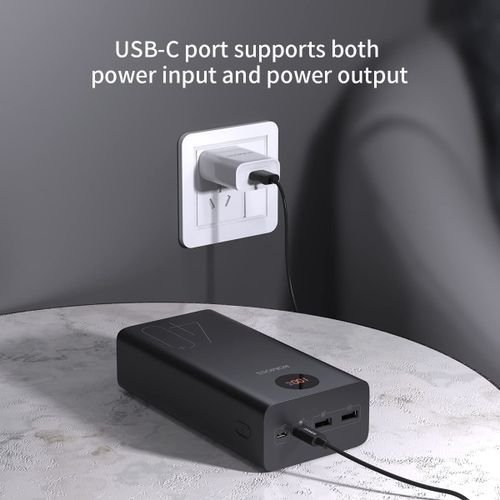fast cahrger
A fast charger is an advanced charging device designed to deliver higher power output to electronic devices, significantly reducing the time required for a full charge. This technology has become increasingly popular with the proliferation of smartphones, tablets, laptops, and other portable gadgets that demand quick and efficient power replenishment. The primary advantage of a fast charger lies in its ability to provide rapid charging cycles, ensuring that users spend less time tethered to an outlet and more time using their devices.
The fundamental principle behind fast chargers is the delivery of higher wattage compared to standard chargers. Traditional chargers typically offer around 5 watts of power, while fast chargers can deliver anywhere from 15 watts to 100 watts or more, depending on the device and the charging standard it supports. This higher wattage is achieved through advanced power delivery technologies such as Qualcomm’s Quick Charge, USB Power Delivery (USB PD), and proprietary solutions from various manufacturers like Apple’s Fast Charge and Samsung’s Adaptive Fast Charging.
Qualcomm’s Quick Charge technology is one of the most well-known fast charging standards. It works by increasing the voltage supplied to the device, thereby enabling faster charging speeds. Quick Charge 3.0, for instance, can deliver up to 18 watts of power, while Quick Charge 4+ can reach up to 27 watts, providing even more rapid charging capabilities. Similarly, USB Power Delivery is a universal standard that allows for flexible power delivery, with the latest USB PD 3.1 standard supporting up to 100 watts of power. This makes USB PD particularly suitable for charging not only smartphones but also larger devices like laptops and tablets.
The adoption of fast charging technology has been facilitated by the development of more efficient and safer battery management systems. These systems monitor and regulate the charging process to prevent overheating, overcharging, and potential damage to the battery. Many modern devices are equipped with these intelligent systems, ensuring that fast charging is both effective and safe. Additionally, fast chargers often come with built-in safety features such as temperature control, short-circuit protection, and over-voltage protection to further safeguard both the charger and the device.
The design and functionality of fast chargers have also evolved to meet the needs of modern consumers. Many fast chargers are compact and portable, making them convenient for travel and everyday use. They often feature multiple charging ports, including USB-A and USB-C, allowing users to charge several devices simultaneously. Some models are equipped with smart charging technology that automatically detects the connected device and adjusts the power output accordingly for optimal charging efficiency.
Fast chargers are not only beneficial for personal use but also have significant implications for industries and businesses. For instance, in the automotive industry, fast chargers are critical for the development and adoption of electric vehicles (EVs). High-power fast chargers can significantly reduce the charging time for EVs, making them more practical for daily use and long-distance travel. Similarly, in the realm of public transportation and logistics, fast chargers enable the efficient operation of electric buses and delivery vehicles, contributing to the broader effort of reducing carbon emissions and promoting sustainability.
The growing demand for fast chargers has also led to increased competition among manufacturers, resulting in continuous advancements in charging technology. Companies are investing in research and development to create more efficient, versatile, and affordable fast charging solutions. This competition drives innovation, ultimately benefiting consumers with faster, safer, and more reliable charging options for their devices.

